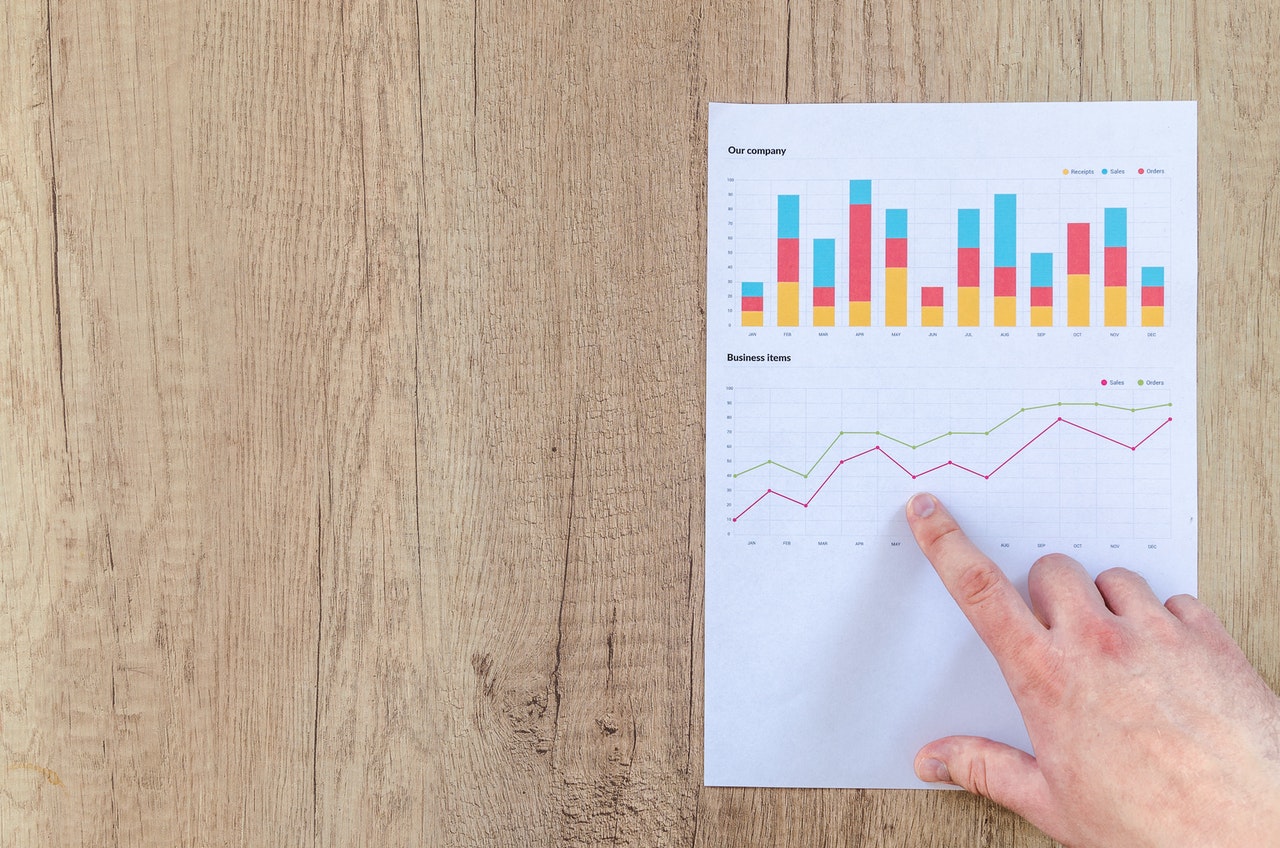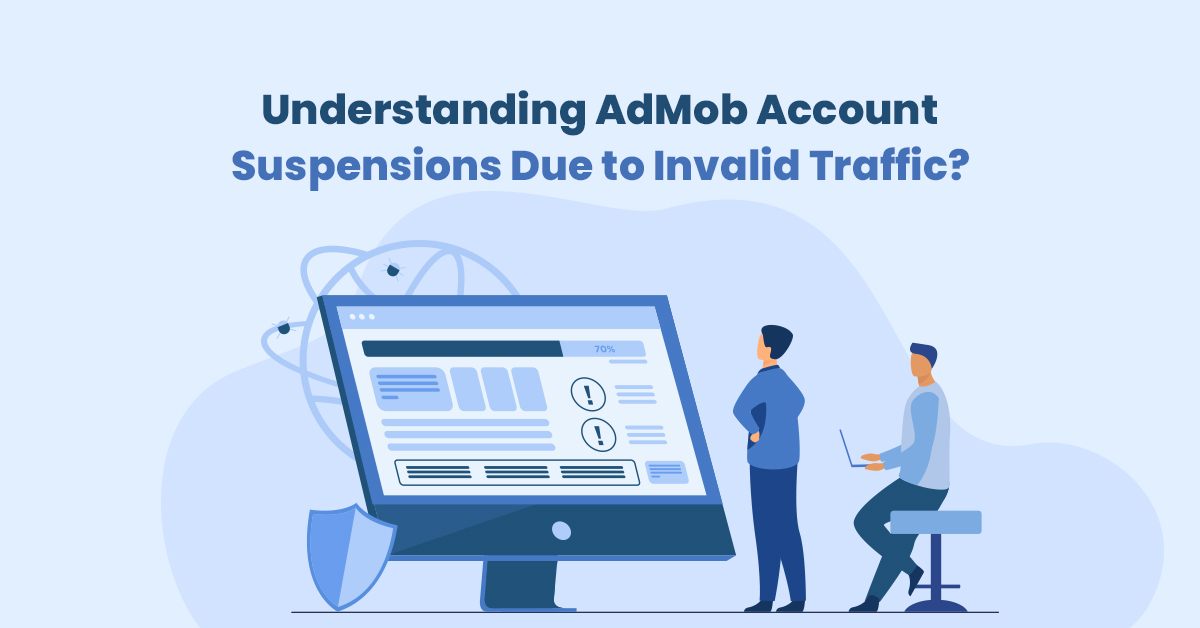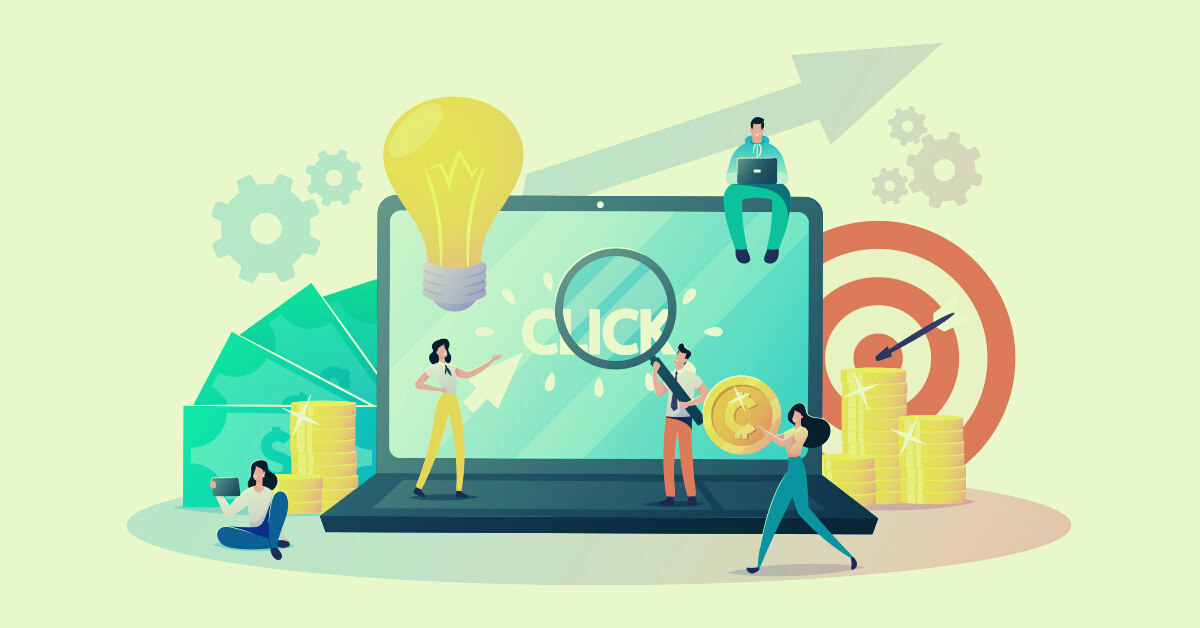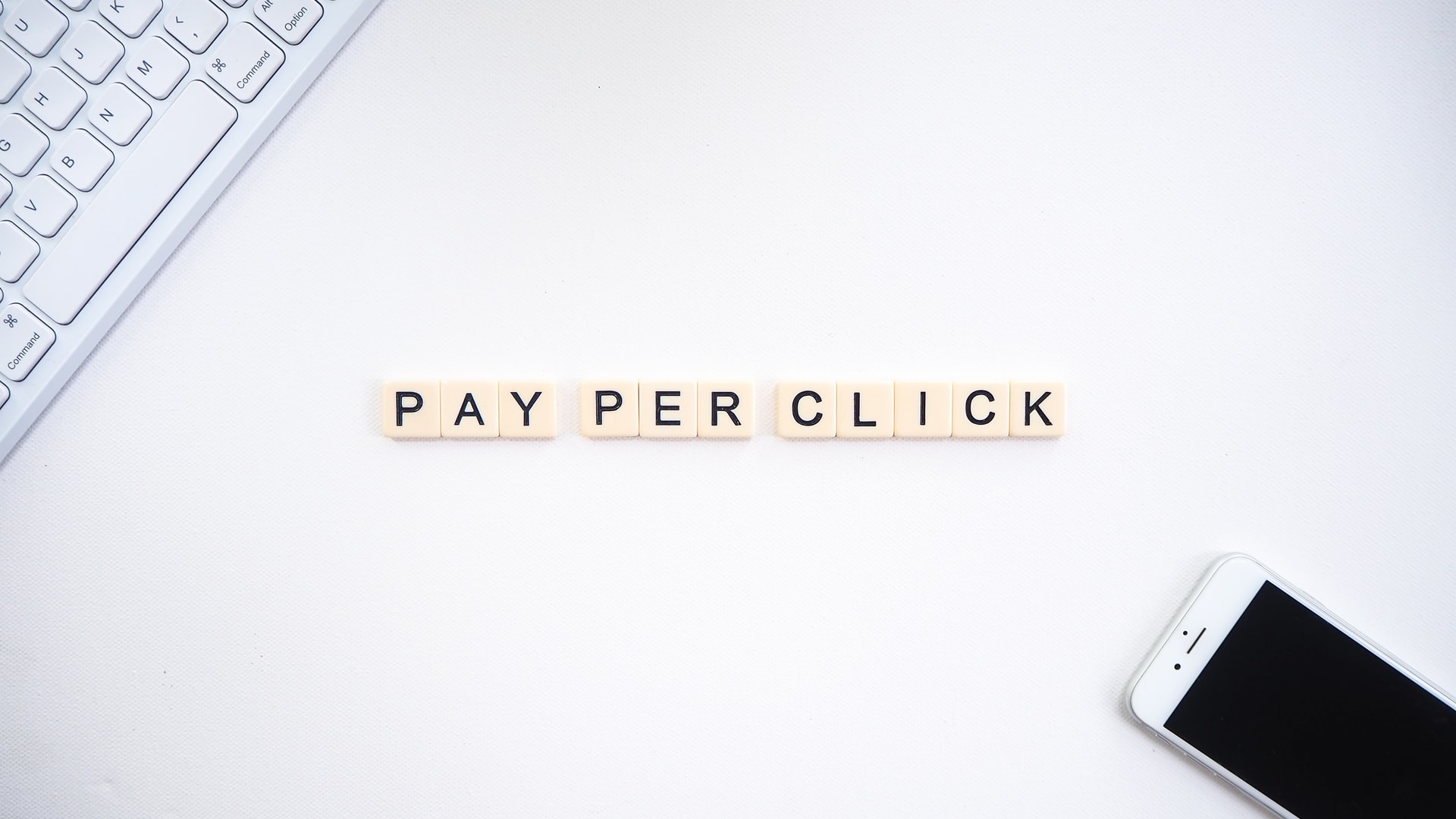What is PPC & Why Your Business Should Start Investing Today
September 7, 2022
What’s the Difference Between SEO And SEM?
July 21, 2022
Tips for Optimizing Ad Spend for 2022
July 21, 2022
What is Clickstream Data in PPC?
May 11, 2022
Four Tips For PPC Marketing in 2022
April 30, 2022
5 Ways To Improve Your Pay-Per-Click Marketing
April 26, 2022
How to Orchestrate an Invincible PPC Strategy in 2022
April 23, 2022
9 Ways To Boost Your Pay-Per-Click Marketing
April 20, 2022
Tips to Drive More Conversion with Paid Advertising
April 11, 2022









